CNNs, together with GANs, demonstrate exceptional features that set them apart from other networks through their distinct capabilities and applications. GANs demonstrate exceptional ability in creating new realistic data, while CNNs demonstrate superior performance at analyzing data and extracting meaningful information from it. The article details the architectural contrasts between CNNs and GANs and reveals their respective applications, training approaches, and practical implementation domains.
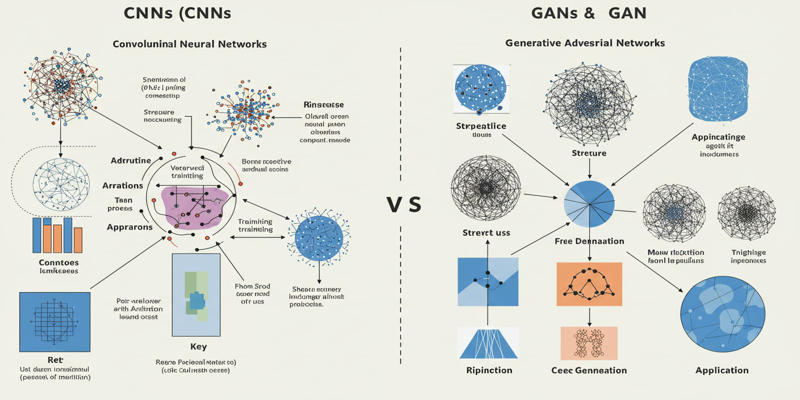 Deep learning functions through neural networks that replicate human brain processing mechanisms of information. The group of neural network architectures includes CNNs and GANs, which demonstrate excellence in AI development applications. CNNs primarily process image recognition and object detection work, but GANs generate authentic synthetic data products from images and auditory materials.
Deep learning functions through neural networks that replicate human brain processing mechanisms of information. The group of neural network architectures includes CNNs and GANs, which demonstrate excellence in AI development applications. CNNs primarily process image recognition and object detection work, but GANs generate authentic synthetic data products from images and auditory materials.
The Convolutional Neural Network (CNN) stands as a deep learning model which specializes in processing data structures that include images and audio files. A convolutional neural network functions optimally when it observes patterns by understanding how pixels affect each other in an image. CNNs find broad application in supervised learning requirements that need labeled information for training purposes.
Layered Architecture:
Applications:
Training Method:
GAN technology represents a deep learning model that creates artificial data while maintaining high similarity to actual real-world observations. GANs consist of two components:
The two components cooperate in a competition through which the generator attempts to deceive the discriminator into labeling its output as real examples.
Adversarial Architecture:
Applications:
Training Method:
Feature | CNN | GAN |
|---|---|---|
Purpose | Analyzing existing structured data | Generating new synthetic data |
Architecture | Single network with convolutional layers | Two networks: Generator and Discriminator |
Learning Approach | Supervised learning | Unsupervised or semi-supervised learning |
Applications | Image recognition, object detection | Image generation, style transfer |
Complexity | Simpler architecture | More complex due to adversarial training |
Training Data | Requires labeled datasets | Works with unlabeled datasets |
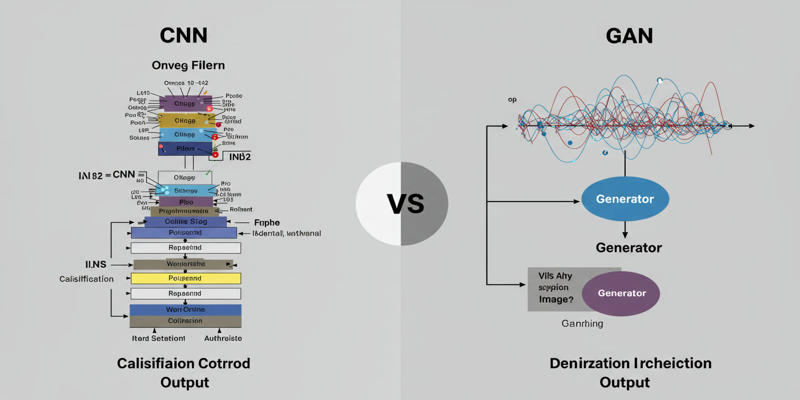 The different objectives of CNNs and GANs allow them to blend their expertise in AI project implementation. For instance:
The different objectives of CNNs and GANs allow them to blend their expertise in AI project implementation. For instance:
These architectural combinations result in a stronger artificial intelligence system that processes and generates elaborate datasets.
Medical professionals utilize CNNs to inspect images for disease diagnosis purposes.
GANs produce artificial images specifically for medical data sets that contain insufficient rare case examples.
GANs establish the capacity to create realistic visual effects as well as generate music tracks.
The video quality improves because CNNs apply their ability to recognize objects while tracking them.
Products obtain improved search results because CNNs use images to establish their classifications.
The technology uses GANs to create individualized item suggestions through modeled user choice patterns.
CNNs perform automated recognition of road signs together with identification of pedestrians as well as various other vehicles on the road.
The training of autonomous systems occurs using GAN-generated simulations that predetermine various operational circumstances.
Improvements through CNNs and GANs come with multiple implementation difficulties despite their vast potential applications.
The quality of training data negatively impacts both CNN operational efficiency and the realism of the GAN-generated output.
The adversarial training process of GANs requires large computing resources, which makes their training process expensive.
The improper use of artificial content produced by GAN raises significant moral concerns regarding privacy protection and content authenticity.
The training process of both models becomes less effective when regularizing techniques are absent.
AI development creates progress in hardware technology and algorithm development, which improves both CNNs and GANs functionality:
The development of moral standards to stop the improper application of generative technologies through GAN-based deepfakes.
As transformative AI technologies CNNs and GANs operate for different use cases because they fulfill separate requirements. The classification and detection abilities of structured data belong to CNNs but GANs specialize in creating synthetic content which matches real-world examples.
The ability to recognize distinct applications of these tools, together with insights into how they reinforce each other, allows businesses to maximize their usage in healthcare, entertainment, e-commerce, and autonomous systems. Neural network technology advancement demands fundamental knowledge of these architectures because they serve as crucial tools for safe innovation during the AI age.

Open reasoning systems and Cosmos world models have contributed to robotic progress and autonomous system advancement.

Explore surprising AI breakthroughs where machines found creative solutions, outsmarting human expectations in unexpected ways
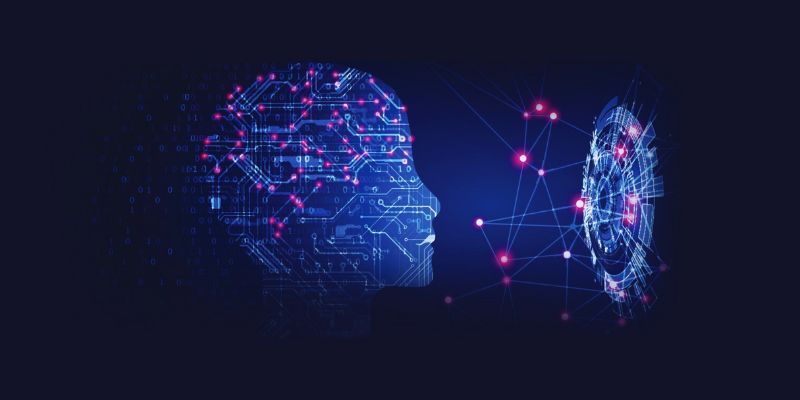
Learn how Explainable AI (XAI) guarantees equal opportunity, creates confidence, and clarifies AI judgments across all sectors
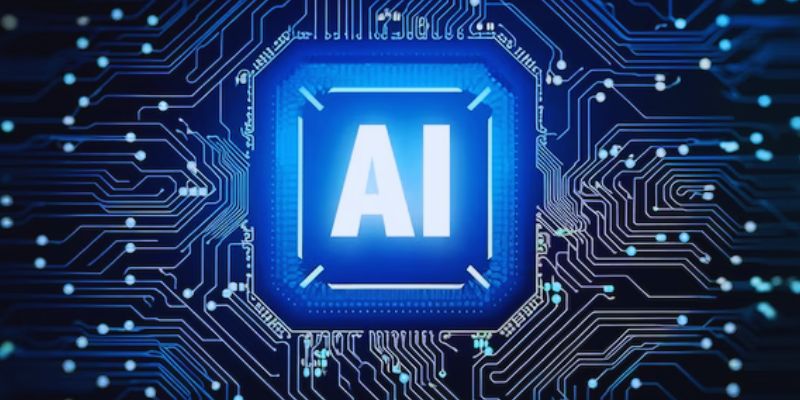
Find the benefits and challenges of outsourcing AI development, including tips on choosing the best partner and outsourcing areas
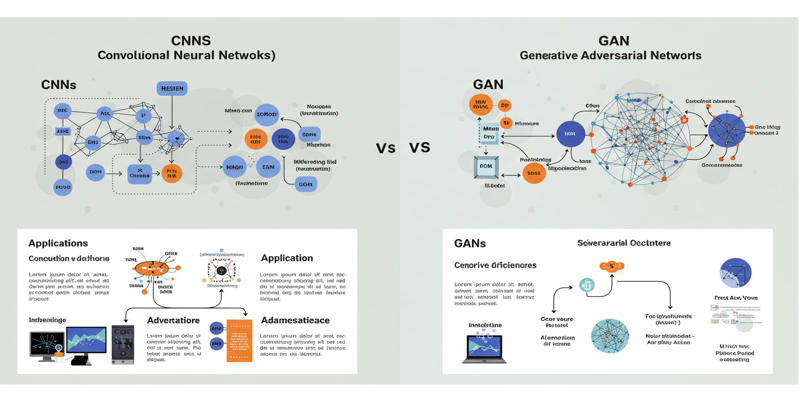
Know the essential distinctions that separate CNNs from GANs as two dominant artificial neural network designs

Discover ChatGPT, what it is, why it has been created, and how to use it for business, education, writing, learning, and more

remove duplicate records, verification is a critical step, SSIS provides visual tools

Business professionals can now access information about Oracle’s AI Agent Studio integrated within Fusion Suite.

Discover how Microsoft Drasi enables real-time change detection and automation across systems using low-code tools.

ChatGPT helps improve your listings by identifying SEO mistakes, correcting keyword issues, and enhancing content clarity—without losing your brand’s tone

How open-source AI projects and communities are transforming technology by offering free access to powerful tools, ethical development, and global collaboration

Learn the nine biggest benefits of using AI in retail, from personalized experiences to cost savings and smarter decision-making